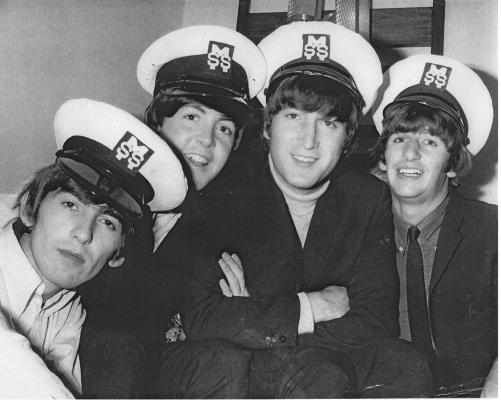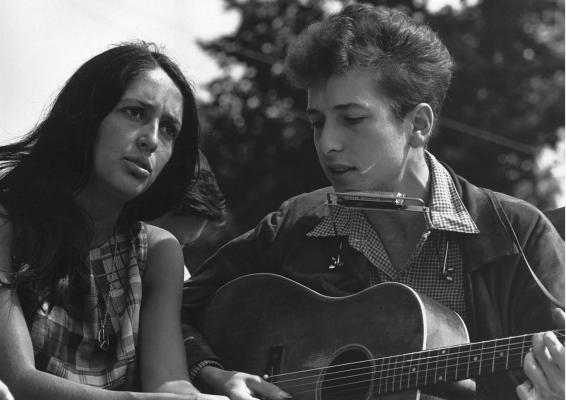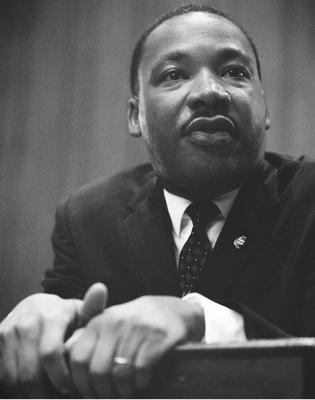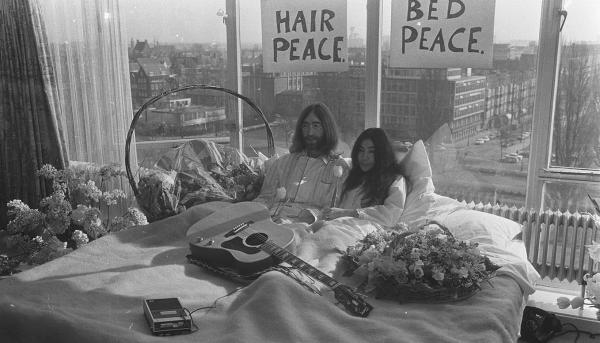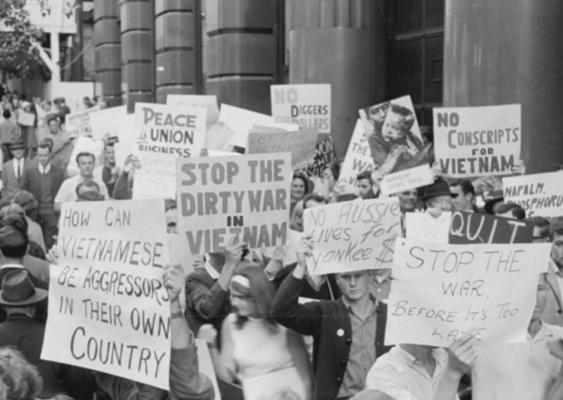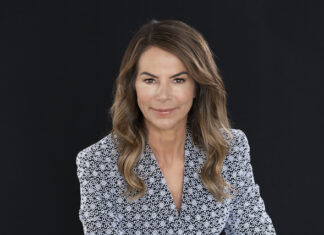The day after his career in local body politics came to an end in March last year former Noosa Mayor Tony Wellington told me in an interview, “Now I can get the creative juices flowing again.”
Since then, the “juice” has been flowing in full flood. Ideas that have been in gestation in the years before and during his time in council work are now blossoming.
Last year his much-acclaimed pictorial book “Wildlife of Noosa” and its vital message of the need for local conservation went into bookshops. Now his blockbuster “Freak Out” – a brilliantly written and carefully researched look at the “Swinging Sixties”—goes on sale next week.
Released by Monash University Publishing, “Freak Out” is a whopper of a book with 400 pages and more than 135,000 words. It describes the role music played in an era of extraordinary change and earth-shattering events in Australia and the world
Rock ‘n’ roll, folk, skiffle, pop call it what you will, the author’s contention throughout is that in the Sixties music rocked the world and at the same time reflected and reacted to what was going on—the assassinations of John F Kennedy, Robert Kennedy and Martin Luther King Jr. civil rights, protest marches, the U.S.-Russia Cold War, Vietnam, anti-war activism, the pill, hippies, yippies, Flower Power, the environment, the beginning of the gay rights movement and more, much more.
He says, “There was a shared pleasure in the evolution of new musical sounds and specific songs and artists acted as glue for those seeking social and political change.”
Hundreds of names of unforgettable artists like Bob Dylan, the Rolling Stones, Joan Baez, Janis Joplin, Peter, Paul and Mary, The Who, Donovan fill the pages but it is The Beatles the writer credits with much that happened musically in the Sixties:
“Their inventiveness and sheer audacity established a high bar for others to emulate. In just a few short years the four Mop Tops changed popular music and youth culture in ways that have never been equalled.
“This is not gushing adulation for I was never a Beatles obsessive. It is simply an acknowledgement of their crowning achievement. The Beatles were a remarkable synergy of talents.”
In 1964 The Beatles came to Australia and arrived in Adelaide for their first performance. The author records that “people of all ages lined the route, standing on vehicles, hanging out of trees and choking footpaths. Estimates of numbers went as high as 300,000 which equated half the city’s populace.”
In Australia bands like The Easybeats, Billy Thorpe and the Aztecs, Ray Brown and the Whispers and singers like Normie Rowe, Little Pattie, Johnny Devlin, the Deltones and Jimmy Little were dominating “the scene.” Folk singers The Seekers went to London, became an international act and were later honoured by being named Australians of the Year for 1967.
Of particular interest to me is that Everybody’s Magazine is given several mentions in the book. Everybody’s was owned by Sir Frank Packer and stablemates were The Australian Women’s Weekly and the Bulletin.
It started life as a national general interest magazine but early in the Sixties it recognised the fervent demand for the young for news of local and overseas pop stars and a section called Disc Magazine was introduced.
It was the precursor of all the music journalism that has followed.
I was associate editor of Everybody’s for six years and I well remember the procession of pop stars coming into the Sydney office for interviews and photographs. If we had Elvis, The Beatles or Normie Rowe on the cover, sales nationally of 270,000 were commonplace.
“Freak Out” records how the magazine staged the first Everybody’s Big New Sound of 1964 won by a folk group, The Green Hill Singers, and, as part of their prize, performed live on the Jimmy Hannan Saturday Date TV Show. This later morphed into an annual competition called Hoadley’s National Battle of the Sounds, attracting up to 1000 entries.
The catchy title of the book comes from the hippie movement of the time who called themselves “freaks.” They attended events like “Love Ins” “Be Ins” and said they were “freaking out.” It was a commonplace phrase during the 60’s.
Tony Wellington is well credentialled to write this book. A musician (he has played lead guitar in pop bands and recorded a CD of original songs). He has hosted his own radio show, been a writer for music magazines and a scriptwriter in the film and television industries. He has also lectured in media studies and film craft.
If you were around in the Sixties, then “Freak Out” will rekindle a lot of memories. If you were not, then I recommend it to you anyway. It is an important work and, at the same time, an entertaining look at an era that will never come again.
MUSIC NOTE: Singer songwriter Katie Noonan will be a special guest at the “Freak Out” launch at Noosa Surfing Museum, Noosa Lakes Resort, Noosaville, on Thursday, November 4, at 6pm. Register attendance by contacting Annie’s Books on Peregian 5448 2053 or info@anniesbooks.com.au

